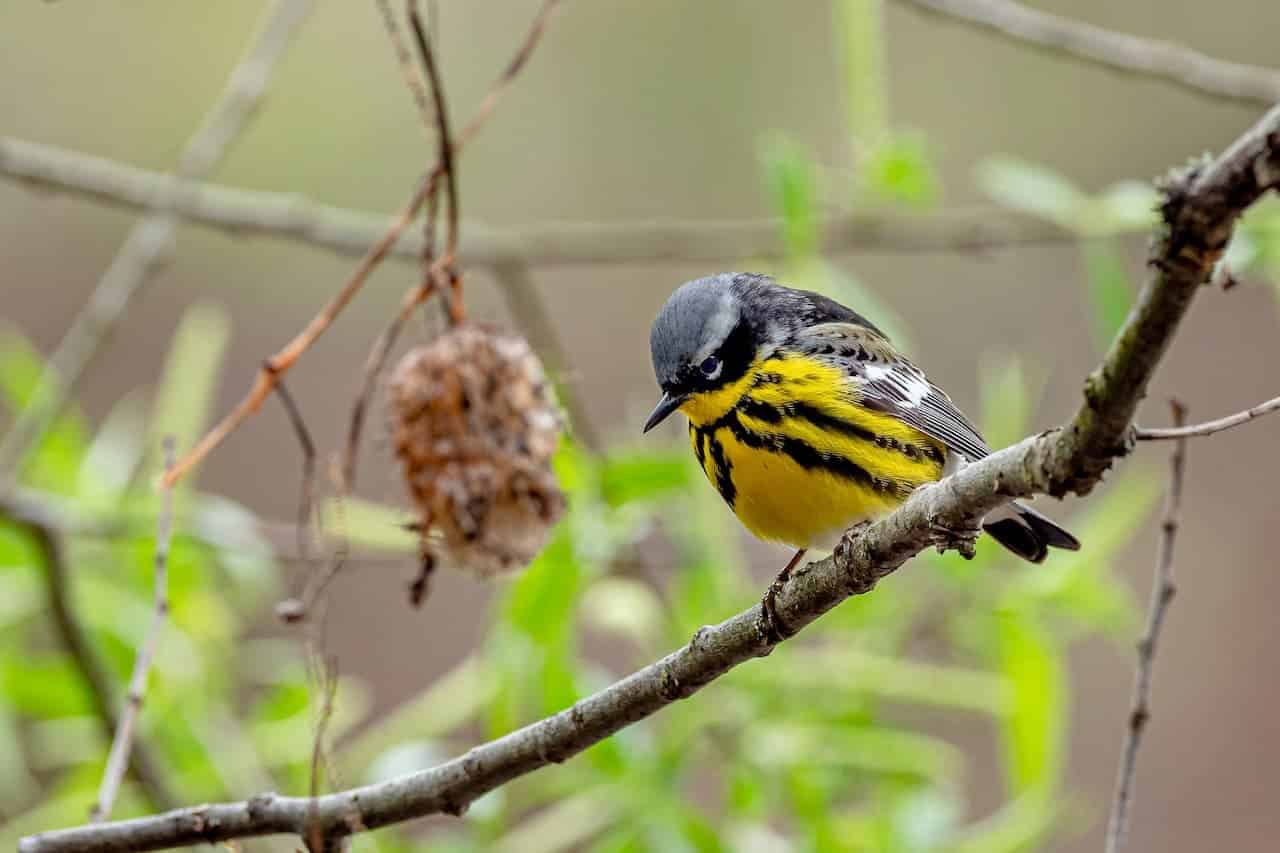Greater Flamingo
The Greater Flamingos (Phoenicopterus roseus) is the most widespread and largest of all flamingo species.
It is closely related to the American Flamingo and Chilean Flamingo, with which it is has sometimes been considered conspecific (of, or belonging to, the same species), but the American and British Ornithologists’ Union and other authorities consider this treatment as incorrect.
It is also commonly kept in captive situations, in zoos, parks and private collections.
The oldest recorded Greater Flamingo was a bird kept at the Adelaide Zoo in Australia, which was at least 75 years old. He was already an adult when he arrived in Adelaide in 1933. His exact age is unknown.
Distribution / Range
The Greater Flamingos occurs naturally in parts of Africa, southern Asia (coastal regions of Pakistan and India) and southern Europe (including Spain, Sardinia, Albania, Turkey, Greece, Cyprus, Portugal, and the Camargue region of France).
They are mostly resident (non-migratory); however, some populations are migrate over short distances.
Description
The Greater Flamingo measures 110-150 cm (43-60 in) in length and weighs about 2 – 4 kg (4.4 – 8.8 lbs). The largest recorded flamingo was a male that mesaured about 187 cm (74 in) in length and weighed 4.5 kg (10 lbs).
The plumage is pinkish-white, except for the red wing coverts (feathers) and the black outer flight feathers.
The bill is pink with a black tip. The legs are entirely pink.
Calls / Vocalizations
Its call is the typical goose-like honking.
Nesting / Breeding
The Greater Flamingo female typically only lays one chalky-white egg in a mud mount as a nest.



